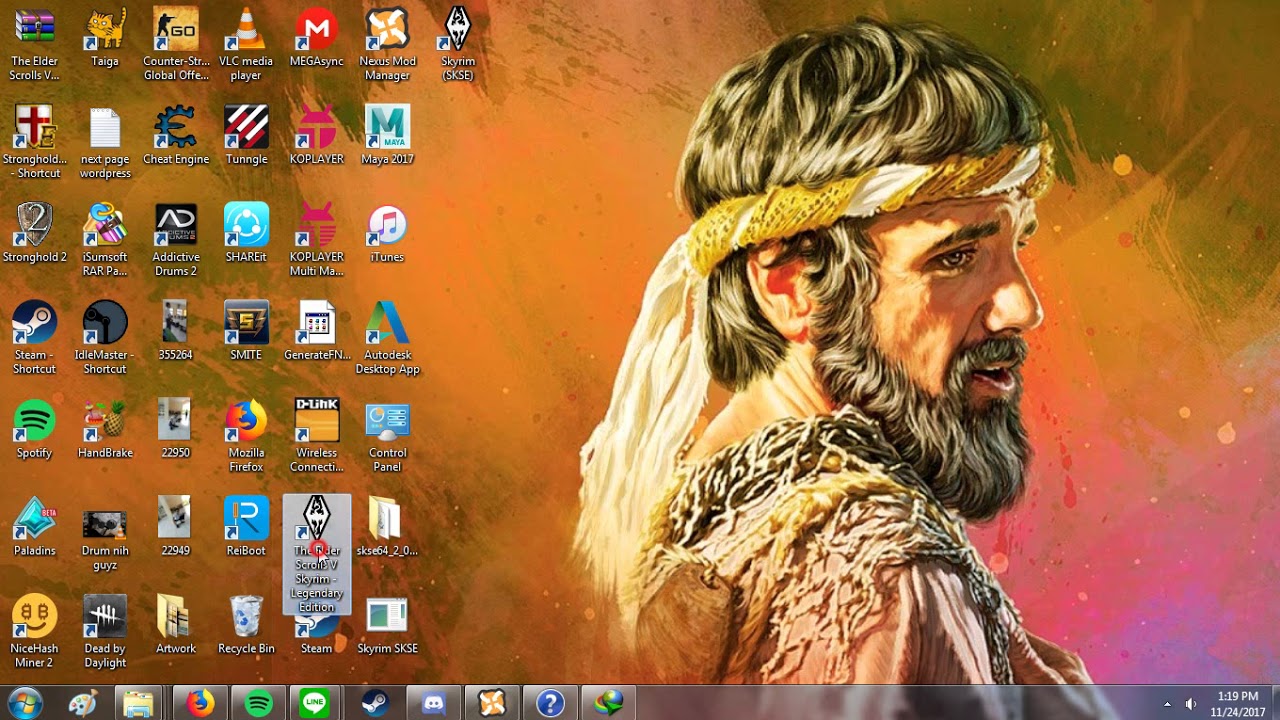

- #Randr xquartz how to#
- #Randr xquartz for mac os#
- #Randr xquartz mac os x#
- #Randr xquartz mac os#
- #Randr xquartz install#
If X-Server configuration is needed using the command line utility xrandr is the easiest way to do this.
#Randr xquartz how to#
Otherwise, the default configuration does not alter a lot but uncommented examples show how to override automatically configured options. Our default configuration files select the following driver: Module SoC The nf mainly chooses which Device Dependent X (DDX) driver to load. Nevertheless, we ship our modules with a default configuration file (located under /etc/X11/nf). Nowadays the X-Server comes with reasonable auto-configuration functions. You can learn more about it on the following resources: XWayland provides a compatibility layer for X-based applications. There is a related article that covers the topic of Display Output, Resolution and Timings.įrom our BSP 5 onward, Wayland/Weston is being used by default. Our default images ship with LXDE (a lightweight desktop environment, see the LXDE Page). If such a program is an X enabled graphical application it will connect to the X-Server directly to draw itself on the screen. Typically a desktop environment like Gnome, KDE, or LXDE runs on top of this X-Server which allows starting other programs. The X-Server allows graphical user interfaces on a Linux system. (Alternatively, type library(Rcmdr) at the console.Is this page helpful? X-Server (Linux) Introduction
#Randr xquartz mac os#
#Randr xquartz install#
If not, go to and download and install the latest version of XQuartz. Verify that you have a program named “X11” there.

#Randr xquartz for mac os#
#Randr xquartz mac os x#
Install R, RStudio, and R Commander in Mac OS X

It provides a series of menus that allow you to run lots of statistic tests and create graphics without typing a line of code. R Commander is a basic graphical user interface (GUI) for R. It’s basically a nice front-end for R, giving you a console, a scripting window, a graphics window, and an R workspace, among other options. RStudio is an integrated development environment (IDE) for R. Graphics created by R are extremely extensible and are used in high level publications like the New York Times (as explained by this former NYT infographic designer). It can run on pretty much any computer and has a very active and friendly support community online. R is an incredibly powerful open source program for statistics and graphics.


 0 kommentar(er)
0 kommentar(er)
